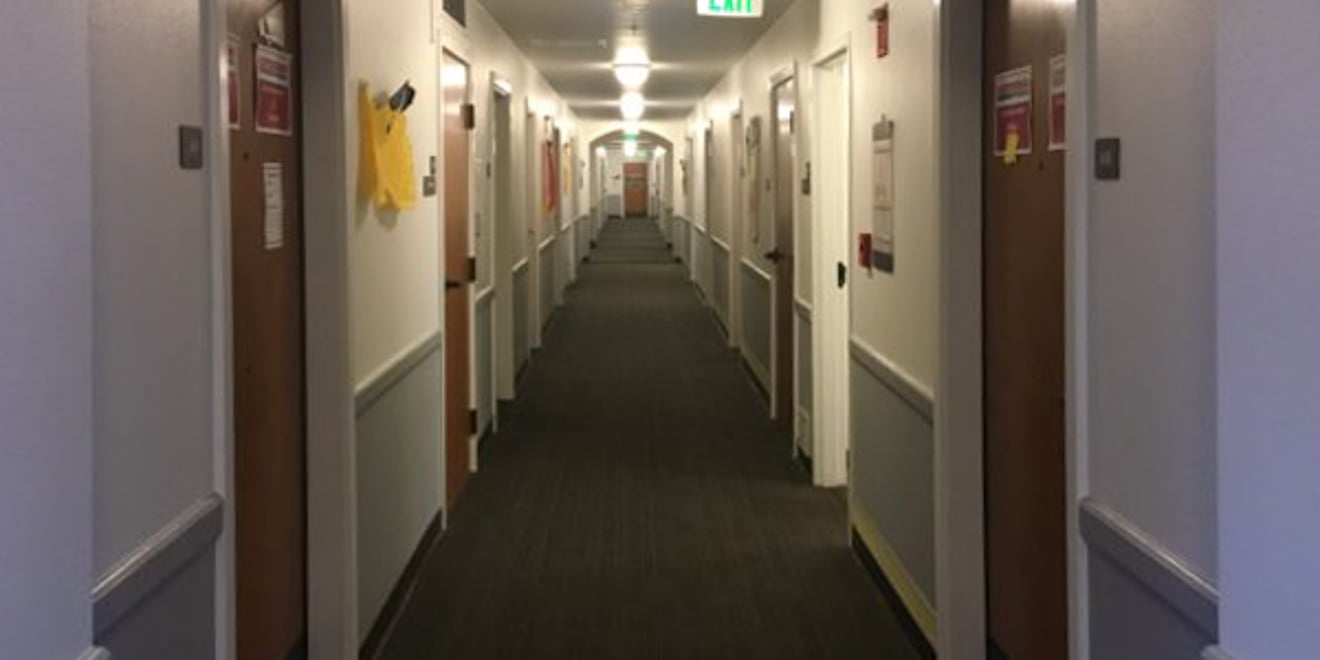In 2017, Residential & Dining Enterprises (R&DE) changed the housing process for undergraduates, reducing the maximum draw group size from eight people to six. This year, R&DE has reduced the maximum draw group size again, from six people to four.
According to an email sent to the undergraduate student body by Undergraduate Assignments Manager Jennifer Padilla-Wong, this change was made in order to “foster the development of community in the residences.”
Thomas Walters, director of administrative programs, reaffirmed this commitment in an email to The Daily. On behalf of R&DE, he stated that the decision to reduce the maximum draw group size was made in response to feedback from individual students and student committees that large draw groups “have the potential to create isolation for other students living in that residence.”
In particular, he said that small houses could be easily filled by just a few large groups, which may make it more difficult for students drawing individually or in pairs to feel accepted in the greater community.
However, some students have expressed concern about what the smaller draw group size means for those who draw into suites of six.
“Most suites are meant for six people, so now [students] will have to have multiple draw groups in one suite, which I think is much less appealing to people,” said Carly Webber-Lavigne ’19, who drew into the Suites student residence in a group of six her sophomore year.
Others disagreed. In an email to The Daily, Ei Thazin ’18 expressed preference for smaller draw groups.
“I tried to draw with six people from two different friend groups and could not reach a consensus whether to rank west or east campus higher,” Thazin wrote. “We fought a lot and ended up splitting up anyways with mild tensions between the two groups. I think smaller groups will make it easier to reach consensus instead of trying to please everyone in a large group.”
Some students have speculated that the decrease in draw group size was due to abuse of medical draw. In April, The Daily reported on students who qualify for Medical Accommodation Draw, which allows those with special housing needs to “apply for early assignment before each assignment round” begins, according to the R&DE website. To facilitate this process, Housing Assignments takes into account cut-off numbers for the prior year’s draw, while also ensuring that the medical draw student’s needs are met.
“I’ve heard about people having a draw group of five, and then seeking out a sixth person who has medical draw even though they’re not really friends with them,” Wyatt Pontius ’20 told The Daily in April. “The group just draws with them so they can take advantage of it.”
Pontius added that he personally knows at least one student who misrepresented a medical condition in order to qualify for medical draw.
While R&DE and Residential Education (ResEd) did not comment specifically on the relationship between large group size and medical draw, they stated that “group retention is absolute in the medical draw,” meaning that all members of a draw group will be assigned to the same residence as the student with specific medical needs. Those who draw in the same group as a student who qualifies for medical draw can take advantage of the benefits of that priority without necessarily qualifying for medical draw themselves.
However Walters did mention that “with a high group draw number, other students [in the group] may be assigned to different room types within that residence than the medical needs student.”
Ultimately, R&DE and ResEd stated that smaller draw groups promote diversity and allow more students who may have not previously known each other to live in the same residence, while also leaving more choices in the housing draw process.
The Draw deadline for this summer and the 2018-19 school year is Monday, May 7, at 6:00 p.m.
Holden Foreman contributed to this report.
Contact Elena Shao at eshao98 ‘at’ stanford.edu.
